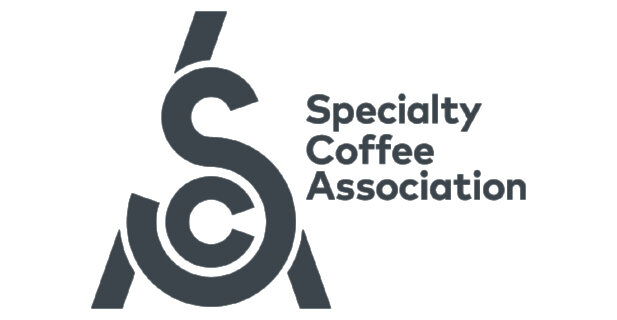Welcome to the SCA Content Style Guide.
This guide was built using the framework set out by Mailchimp's Content Style Guide using existing internal Specialty Coffee Association (SCA) guides and heritage SCAA/SCAE guidelines. Certain sections were inspired by external content style guides from 18F and A List Apart.
If You Work at the SCA
This is our association style guide. It helps us communicate clearly and consistently across teams and channels. Please use it as a reference when you're writing or producing content for the SCA!
This guide goes beyond basic grammar and style points; it's not traditional in format or content.
We've divided the guide by topic based on the types of content we publish, so you can reference it as needed or browse in order. The entire guide is searchable, so you can go straight to the item you're looking for.
If You Work at Another Organization
We invite you to use and adapt this style guide as you see fit. It's completely public and available under a Creative Commons Attribution-NonCommercial 4.0 International license. All we ask is that you credit Mailchimp and the SCA.
Goals & Principles
All of SCA's content and communications are guided by the SCA's purpose:
“The SCA will foster a global coffee community and support activity to make specialty coffee a thriving, equitable, and sustainable activity for the entire value chain.”
With every piece of content we publish, we aim to:
Inform. Tell readers what they need to know, not just what we want to say. Give them the information they need, along with opportunities to learn more. Readers don't have access to everything you know or your lived experience: share.
Reflect. Diverse perspectives are needed to have a well-balanced and dynamic representation of and for our global membership. This includes (but is not exclusive to) race, gender, age, nationality, sexual orientation, member category and career, as well as intersections of these identities. Our content should reflect our communities' needs, interests, and goals.
Amplify. The SCA represents a wide variety of local coffee communities and a membership doing broad, interesting work for our global community: it is our job to facilitate their access to our globally connected audience.
Respect. Treat readers with the respect they deserve. Write for everyone: be considerate and inclusive; respect the complexity of our readers' experiences. We are excited about the work that we do, but we don't market at them—we communicate with them.
Establish Trust. Be human. Tell the truth. Use positive language and concrete examples. Avoid grandiose claims. Communicate transparently.
In order to achieve those goals, we make sure our content is:
Clear. Understand your topic. Use simple words and sentences.
Useful. Before you start writing, ask yourself: What purpose does this serve? Who is going to read it? What do they need to know? In longer writing, what three key messages do you want the reader to take away?
Friendly. Write like a human: warm, relatable, humble.
Appropriate. Be informed and considerate in your approach. Write in a way that suits the situation. Adapt your tone depending on your audience and your topic.
Geographically Agnostic. Our readers are not restricted to one geography, and everyone’s community and understanding of coffee is different. Provide additional context when giving locality-specific examples.
Inspiring. Tell compelling stories, provide enlightening insight, share interesting data. Use beautiful imagery.
